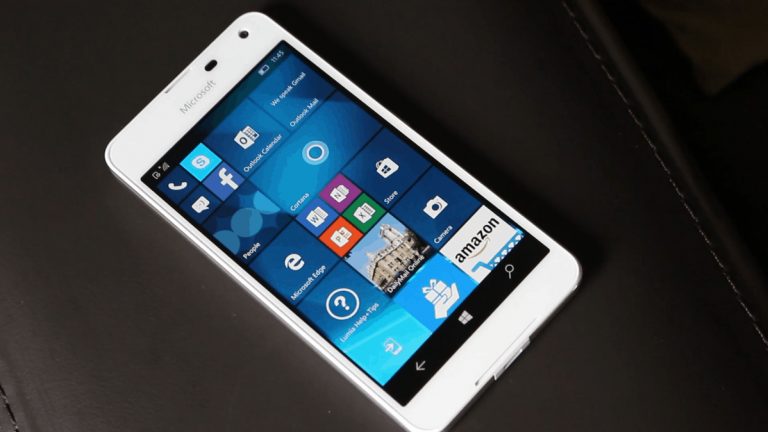Microsoft has today confirmed that Project Astoria, which was 1 of 4 app bridges announced a BUILD last year that allowed porting and running Android apps on Windows 10 Mobile with ease, has been killed off due to it being “confusing” for developers with the choice of porting an app from multiple mobile platforms. The company says they considered feedback about this and decided it would make sense to focus on Project Islandwood instead.
Microsoft said in a blog post
We also announced the Windows Bridge for Android (project “Astoria”) at Build last year, and some of you have asked about its status. We received a lot of feedback that having two Bridge technologies to bring code from mobile operating systems to Windows was unnecessary, and the choice between them could be confusing. We have carefully considered this feedback and decided that we would focus our efforts on the Windows Bridge for iOS and make it the single Bridge option for bringing mobile code to all Windows 10 devices, including Xbox and PCs. For those developers who spent time investigating the Android Bridge, we strongly encourage you to take a look at the iOS Bridge and Xamarin as great solutions.
On the topic of Xamarin, Microsoft says the recent acquisition of Xamarin will help developers “use a large percentage of their C# code to deliver a fully native mobile app experience for iOS and Android.” So in other words, even more code can be reused and recycled across more platforms now, making developers lives even easier getting apps on Android, iOS and Windows.
Microsoft has also provided an update regarding the other three bridges announced at BUILD last year, here are the details
- The Web Bridge (Hosted Web Apps) helps bring HTML and JavaScript web-based apps to the Windows Store and takes advantage of the rich capabilities of the Windows platform, such as Live Tiles, Cortana integration, in-app purchase capabilities and more. This shipped as part of the standard Windows 10 SDK in July and we’ve already seen adoption from companies such as Shazam and Yahoo.
- Project “Centennial” helps bring existing Win32 and .NET-based apps to the Windows Store and is in testing with a set of developers now. We’ll have an early iteration of the tools soon, and then we’ll expand the program and support a broader range of developers.
- The Windows Bridge for iOS (project “Islandwood”), enables developers to bring Objective-C iOS apps to the Windows Store, was released to GitHub as an open source project in August and we’ve been releasing updates to it frequently. Just last week, we released an update which included the first ARM32 preview compiler drop.
With BUILD around the corner, Microsoft is now beginning to push real hard with developers, and with Windows 10 already housing over 200 million users, there’s finally an audience for developers to target and a platform for Microsoft to maintain. Will developers actually show however? Only time will tell. One thing is certain however, Microsoft is bending over backwards making it easy for developers to get their apps up and running on Windows, so hopefully developers take the plunge.


